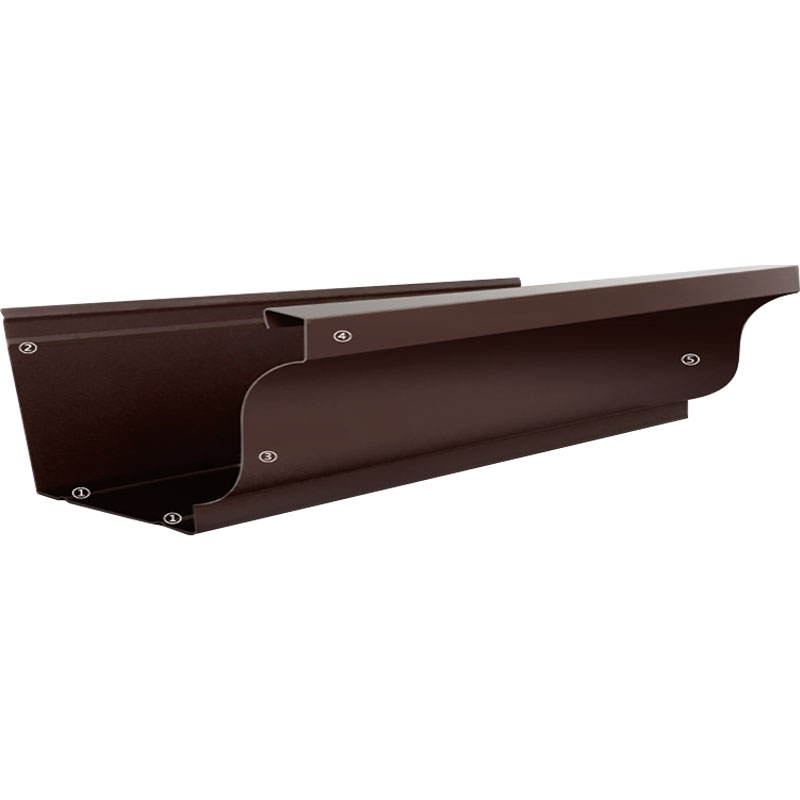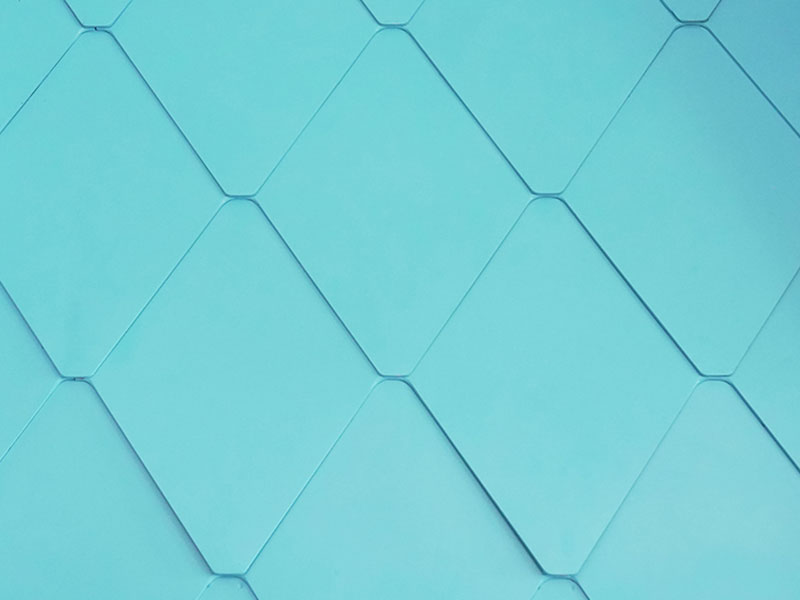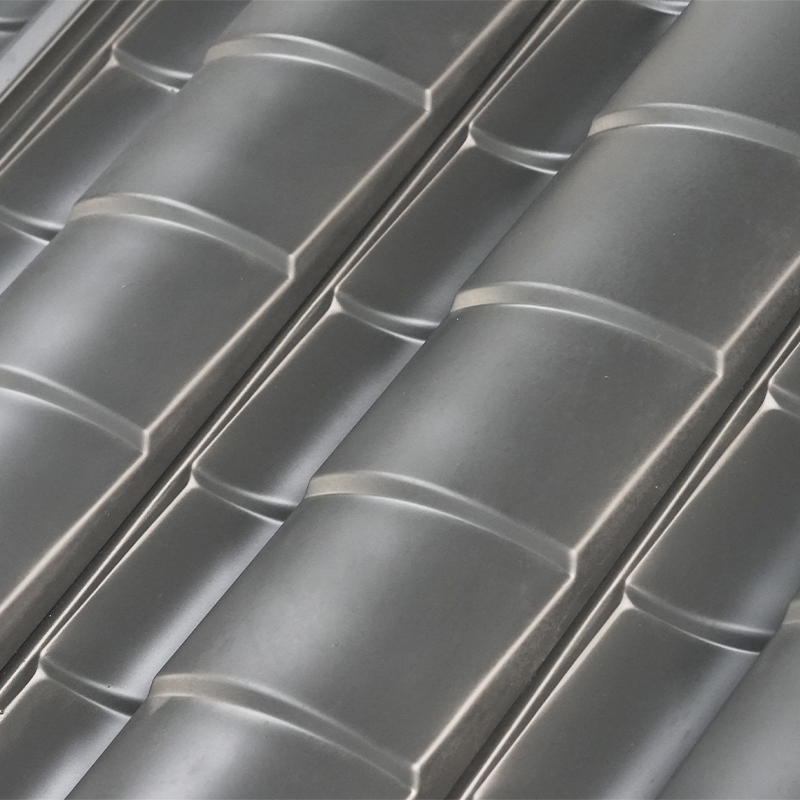The roof of a Chinese temple is an iconic feature of traditional Chinese architecture. It not only serves a functional purpose, providing shelter and protection from the elements, but also plays a symbolic role, reflecting the cultural, spiritual, and aesthetic values of Chinese society. The design and structure of Chinese temple roofs are deeply rooted in centuries-old architectural principles, shaped by Chinese cosmology, philosophy, and craftsmanship. Below are the key characteristics that define the distinctive style of Chinese temple roofs.
Content
- 1 1. Upturned Eaves
- 2 2. Multiple Layers and Tiered Roofs
- 3 3. Decorative and Symbolic Roof Elements
- 4 4. Golden or Glazed Roof Tiles
- 5 5. Symbolic Roof Ridges
- 6 6. Tile Patterns and Colors
- 7 7. The Use of Carved and Painted Wooden Beams
- 8 8. Importance of Feng Shui
- 9 9. Cultural and Regional Variations
- 10 Conclusion
1. Upturned Eaves
One of the most recognizable features of Chinese temple roofs is the upturned eaves. The edges of the roof curve upwards in a graceful, sweeping manner, often exaggerated at the corners. This design is symbolic of the balance between heaven and earth, with the upward curve representing the heavens. The upturned eaves also serve a practical purpose, directing rainwater away from the structure, reducing wear and tear on the walls and foundation.
Symbolism: The upturned eaves are said to represent the connection between the earthly realm and the divine. In some interpretations, the sweeping curve is seen as a way of inviting heavenly forces to descend upon the temple.
Practical Function: The upturned corners help to protect the building from the elements, especially in areas where heavy rainfall is common, by allowing water to flow away from the structure.
2. Multiple Layers and Tiered Roofs
Chinese temple roofs often feature multiple layers or tiers, especially in larger and more prominent temples. These layered roofs are made up of several sections, each smaller than the one below it, creating a stepped appearance. This design is often seen in the roofs of temples dedicated to important deities or in imperial temples and palaces.
Symbolism: The tiers represent the hierarchy of the cosmos, with the layers symbolizing the various levels of the heavens, earth, and the underworld. This tiered design also conveys the notion of the temple being a space that connects the mortal and divine realms.
Functionality: The multi-tiered roof design improves structural stability and provides better coverage, which is particularly important in the context of larger temple complexes.

3. Decorative and Symbolic Roof Elements
Chinese temple roofs are often adorned with elaborate decorative elements, many of which hold deep symbolic meaning. Common motifs include:
Dragon and Phoenix: Often found at the ridge of the roof, these symbols represent the Emperor (dragon) and Empress (phoenix) or the harmonious balance of yin and yang.
Guardian Statues: Statues of animals like lions, mythical creatures such as qilin, and even human figures may be placed on the roof, often positioned at the top of the ridges to protect the temple from evil spirits or bad luck.
Ceramic Tiles: Roof tiles are frequently glazed in bright colors, such as yellow (associated with the Emperor) or green, and can be intricately molded with symbolic designs. The use of glazed tiles not only adds to the temple's aesthetic appeal but also helps protect the roof from weathering.
4. Golden or Glazed Roof Tiles
Many Chinese temple roofs, especially those of imperial or high-ranking temples, are covered in glazed tiles, often in shades of yellow, green, or blue. Yellow is considered the color of the Emperor in ancient China and is often reserved for the roofs of imperial palaces and temples. These tiles are both functional and decorative, as they are designed to protect the structure from the elements and to give the temple an awe-inspiring and regal appearance.
Durability: Glazed tiles are highly resistant to weathering, making them a long-lasting choice for the roofs of temples.
Symbolism: Yellow tiles are often associated with imperial power and authority, adding an additional layer of reverence to the temple structure.
5. Symbolic Roof Ridges
The ridge of a Chinese temple roof is often adorned with a ridge decoration, sometimes featuring stylized dragons, auspicious symbols, or animal figures. The ridge is typically the highest point of the roof and plays a significant role in the aesthetic and spiritual character of the temple.
Dragon Ridgeline: The dragon is a symbol of strength and power, often placed on the ridgeline of the roof, representing protection and divine favor. The number of dragons on the roof can also indicate the temple's importance or status.
Animal and Mythical Figures: In addition to dragons, other figures such as phoenixes, lions, or the "immortals" of Chinese mythology may be featured along the ridge, symbolizing the temple's connection to the spiritual world.
6. Tile Patterns and Colors
The tiles used in Chinese temple roofs are often arranged in distinctive patterns, sometimes incorporating intricate designs that complement the rest of the building’s decorative elements. The colors of the tiles are also significant, with certain colors carrying symbolic meaning.
Color Significance:
Yellow is associated with imperial authority, as mentioned earlier, and is often used for the roofs of important structures like the Forbidden City.
Green and blue tiles are also common and may symbolize harmony and prosperity.
Red is another auspicious color, symbolizing good fortune and happiness.
Glazed Tiles: The use of glazed tiles gives the roof a shiny, colorful appearance that is both aesthetically pleasing and functional, providing durability against the weather.
7. The Use of Carved and Painted Wooden Beams
In traditional Chinese temples, the beams and rafters supporting the roof are often richly decorated with intricate carvings and painted designs. These beams may depict scenes from nature, religious symbols, or historical events. The wooden elements of the roof contribute to the overall cultural and spiritual significance of the building.
Carvings and Paintings: These wooden elements often depict symbols of protection, such as the five bats (which represent happiness and good fortune), as well as scenes from Taoist or Buddhist teachings.
8. Importance of Feng Shui
In Chinese architecture, Feng Shui—the ancient art of placement and design to create harmony with the environment—plays a vital role in the design of temple roofs. The roof’s shape, direction, and decoration are all influenced by Feng Shui principles, with the goal of ensuring the temple is in balance with the natural forces and that it attracts positive energy (qi).
Roof Orientation: The direction in which the roof faces, along with its height and curve, is carefully considered to enhance the flow of positive energy to the temple and protect it from harmful influences.
Symbolic Placement: Specific animal symbols or deities placed on the roof might also serve as protective measures, ensuring the temple remains spiritually protected.
9. Cultural and Regional Variations
While the overall characteristics of Chinese temple roofs are consistent, there are regional variations in the design and decoration. For example, roofs in southern China may be steeper, while those in northern China are generally more gently sloped. The style of decoration, the use of color, and the choice of symbolic figures can also differ based on local traditions, historical periods, and the sect or religious school the temple belongs to (e.g., Taoist, Buddhist, or Confucian).
Conclusion
The roof of a Chinese temple is much more than just a structural element; it is a powerful symbol of the spiritual connection between the divine and the earthly, deeply rooted in Chinese cosmology, philosophy, and cultural traditions. With their upturned eaves, tiered structure, symbolic decorations, and use of glazed tiles, these roofs are not only functional but also visually stunning, reflecting the reverence and respect for the sacred space they protect. Whether adorned with dragons, phoenixes, or auspicious symbols, the roof of a Chinese temple represents harmony, protection, and a connection to the celestial realm.




 English
English русский
русский Español
Español عربى
عربى















